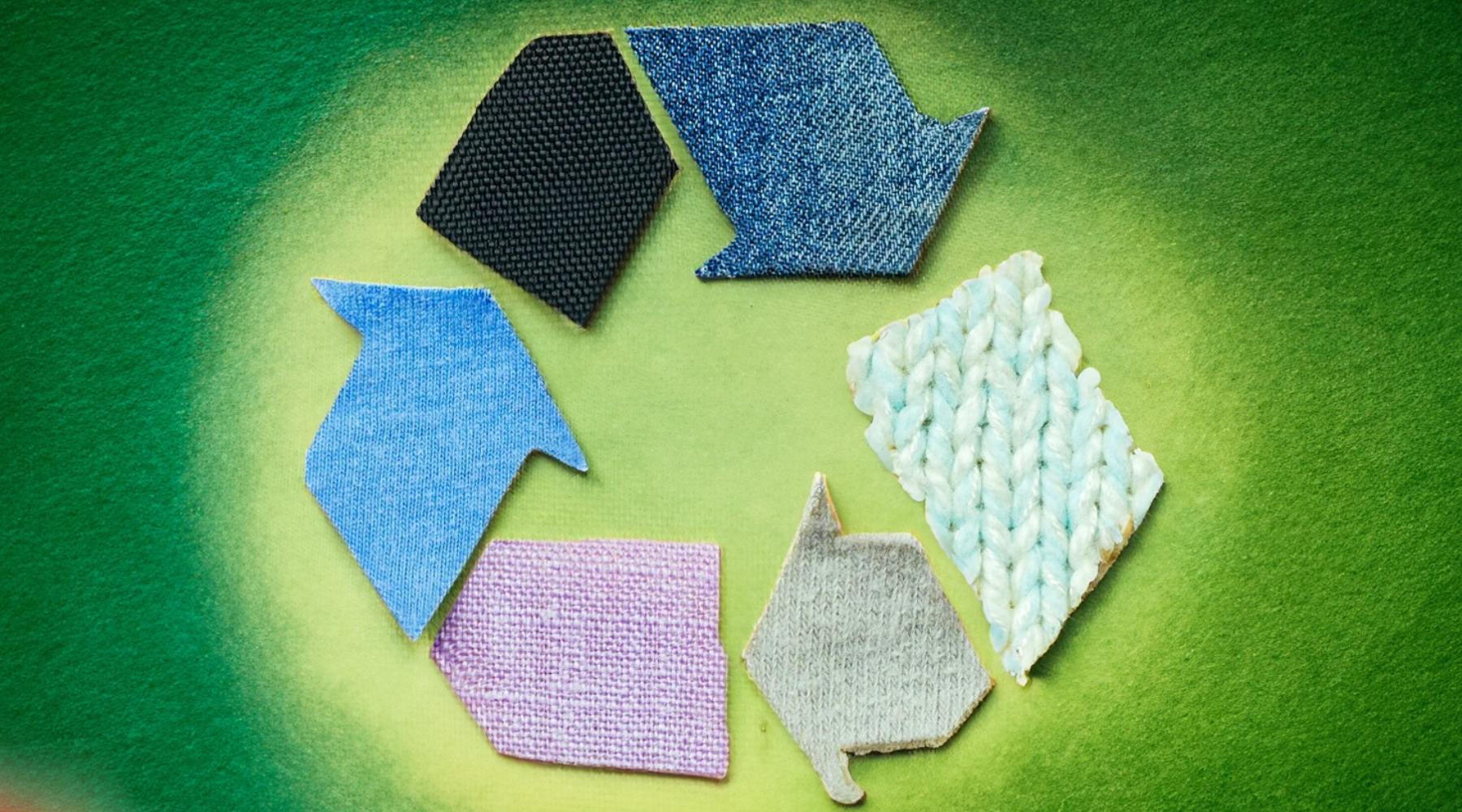Circular economy is that type of market organization that provides a production and consumption model based on the reduction of waste of energy resources through the reuse, repair and recycling of materials.
Its theoretical development has a scientific basis and imitates the functioning of so-called “closed-cycle” organisms which, after having used the nutrients, reintroduce them into the ecosystem.
It is theorized in stark contrast to the linear economy, that is, the main economic model applied so far which foresees a continuous extraction of energy resources for the production of goods which are then disposed of and which have life cycles which tend to be very short.
On the contrary, the circular economy aims at a reuse and/or recycling of materials for as long - and hopefully infinite - as possible, which allows a significant reduction in the extraction and disposal phases of raw materials. It therefore guarantees a high level of eco-sustainability and balance of the biosphere, as well as a significant reduction in the quantity of waste generated by the production process of goods: an impressive gain if we take into account the fact that waste disposal in turn involves a huge use of natural resources and high costs .

European Union: First Zero-Impact Continent
Since 2019, the European Union has launched the European Grand Deal : a program that includes the adoption of the circular economy and the achievement of a zero impact threshold by 2050. A series of 360-degree maneuvers for the improvement of the continent and the well-being of citizens, from the food industry to the transport industry, from construction to environmental remediation. Among the most recent initiatives we remember:
- the fight against single-use plastic (which we talked about in this article );
- the expansion of sustainable seaweed production ;
- combating illegal wildlife trafficking, through the strengthening of the legal framework with the consequent application of the relevant rules and the strengthening of cooperation at global level between the countries of origin of protected species;
- the objective of a gradual total reduction in gas emissions from heavy-duty vehicles and buses.
Why Circular Fashion is Important
Circular fashion is a revolutionary design and manufacturing philosophy that is based on the idea of creating a virtuous cycle in which materials and products are reused, recycled and repaired to minimize waste and environmental impact. This approach challenges the traditional linear model of production and consumption, in which objects are produced, used and then disposed of, often ending up in landfills or incinerators.

In a circular economy, clothes are designed to be durable, easily repairable, and recyclable. Sustainable and biodegradable materials, such as organic cotton or wood cellulose fiber, are encouraged, and synthetic materials derived from petroleum are avoided, which are difficult to dispose of and can release microplastics into the environment.
Circular fashion also promotes the concept of sharing and recycling clothes, reducing the need to own each individual piece and promoting more conscious consumption. Used clothes can be donated, exchanged or sold second-hand, extending their useful life and reducing the overall amount of clothes produced.
Furthermore, recycling is a key element of circular fashion. Old clothes can be broken down and the materials recycled to create new fabrics or accessories. This approach reduces the need to use new resources and reduces the environmental impact of producing new clothing.
Dedicated collection points for used clothing, present in many cities, are a practical way to encourage separation and recycling. Clothes that are still in good condition can be donated or resold, while those that are too damaged or worn can be sent for textile recycling. Advanced technologies now allow the separation of different types of fibers and textile materials to obtain new raw materials, reducing the need to produce new virgin materials.
Circular fashion offers us the opportunity to revolutionize the way we produce, consume and dispose of clothes, promoting a more sustainable and environmentally friendly system.






Leave a comment